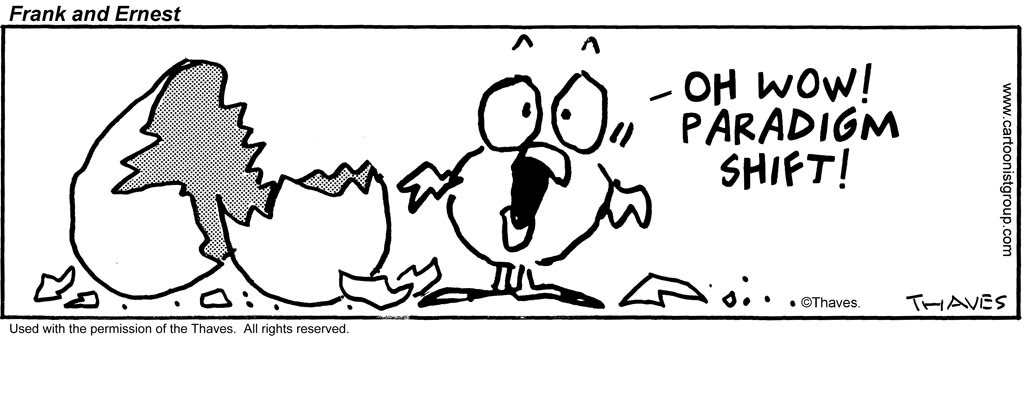The following account is taken from an article by DNA associate Vishal Mangalwadi.
Thirty years ago, Yong Am was one of South Korea’s poorest villages. It offered no school for the children and no jobs for the adults.
Today, a typical small farmer earns over $60,000 per year and the Christian impact that brought such change has spread to India.

The transformation began with a simple message: ““For God so loved the world that He gave His only begotten son, so that whosoever believes in Him should not perish but have everlasting life.”
When a Western missionary gave a John 3:16 tract to Kim Kang Yun, the Buddhist peasant was amazed. The only gods she knew were spirits who required offerings from her; here was word of a God who sacrificed for her. She and her husband decided to send their son, Kim, to Kwan Dong Secondary School operated by Yeo Woon Young.
Kim learned to study the Bible, including the Genesis account that God is a worker and we must also work. Poverty was not God’s intention but was the result of human sin and its curse. “Our sinfulness has made life difficult but God is ready to forgive our sins.” He had sent His son, Jesus, “to save us from sin and its consequences, including slavery, tyranny, and poverty.”
Kim became a man of prayer … and of work. Matthew 6:33 became his life’s mission: “Seek first His [God’s] kingdom and His righteousness and all these things [food, clothing, shelter] will be given to you as well.”
He bought 50 hectares of wasteland and, inspired by the story of God transforming a nation of slaves to a free and prosperous society, called his farm “Canaan.” Kim believed that “God could also deliver his people from Japan’s tyranny and transform their useless land into a Canaan.”
Today, most of the villagers no longer worship nature.

“They are establishing their own authority over nature, because they have begun to believe that they were created in the image of their Creator in order to establish their dominion over nature. In line with this new belief, much of the cultivation now happens in greenhouses, where freezing temperature outside makes no difference to the crops inside. … the inside temperature [stays] warm enough to grow whenever the crops are wanted by the buyers.”
This story is taken from an article written by Vishal Mangalwadi and published by Forward Press of India. Go here to read the rest of this amazing story!





